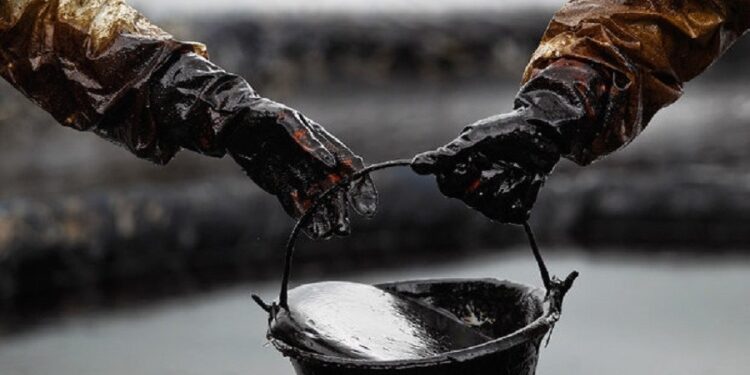Supermajors Bet Big on Long-Term Oil Demand
The world’s largest international oil firms are ramping up production even as crude prices have weakened this year and global supply growth continues to outpace the demand increase, setting the stage for a glut in the coming months.
The European majors are back to investing in exploration and new oil and gas field developments after years of trying – and mostly failing – to generate profits and good returns from low-carbon energy projects, including renewable electricity, green hydrogen, and biofuels.
Big Oil Output Hits Record Highs
The U.S. supermajors, ExxonMobil and Chevron, are pumping record oil volumes in the top shale region, the Permian, while betting on international project expansions in Guyana and Kazakhstan, for example. The U.S. giants both reported in the second quarter record-high production in the Permian and worldwide, following Exxon’s acquisition of Pioneer Natural Resources and Chevron’s buying of Hess.
France’s TotalEnergies expects higher oil and gas production to have boosted earnings for the third quarter, despite a $10 per barrel decline in oil prices since last year.
Production at the other European supermajors, Shell and BP, is also rising as the European giants shifted focus back to their core oil and gas business. The pivot took place after the energy crisis made energy security and affordability more important than sustainability, while high interest rates and supply chain issues further reduced already meager returns from clean energy projects and made many new energy ventures uncompetitive.
Big Oil Bets on Solid Demand
The supermajors are confident they can withstand the current weaker prices and the surplus on the market, to which they have contributed, alongside the national oil companies of the OPEC+ producers, which have been reversing the production cuts this year.
Big Oil is looking beyond the short-term fundamentals and glut noise, having decided to invest more in oil and gas to meet solid demand until at least the mid-2030s.
Unlike the International Energy Agency (IEA), which earlier this year doubled down on its forecast of peak oil demand by the end of this decade, Big Oil companies don’t see any peak by 2030.
BP, which said last year that global oil demand would peak as early as this year, ditched this view in its new annual Energy Outlook last month, in which it now expects oil demand to rise through 2030 amid weaker-than-expected efficiency gains.
Most majors have put the peak at some point in the 2030s, but none expect a rapid decline afterwards, and all say that oil and gas will remain essential for global economic growth and development in 2050.
“Oil and natural gas are essential. There’s no other viable way to meet the world’s energy needs,” ExxonMobil said in its 2025 Global Outlook.
“Our Global Outlook projects that oil and natural gas will make up more than half of the world’s energy supply in 2050. We project that oil demand will stabilize after 2030, remaining above 100 million barrels per day through 2050,” the U.S. supermajor reckons.
“All major credible scenarios include oil and natural gas as a dominant energy source in 2050.”
All three scenarios analyzed in Shell’s 2025 Energy Security Scenarios found that upstream investment of around $600 billion a year “will be required for decades to come as the rate of depletion of oil and gas fields is two to three times the potential future annual declines in demand.”
Exxon and now the European majors are playing the long game—invest in new oil and gas supply, at the expense of renewables, to offset with new production the accelerating natural decline of producing oil and gas fields.
Even the IEA admitted last month that the world needs to develop new oil and gas resources just to keep output flat amid faster declining rates at existing fields, in a major shift in its narrative from 2021 that ‘no new investment’ is needed in a net-zero by 2050 scenario.
Exploration is also back at the top of the agenda for Big Oil, as the companies appear confident their product will be in demand for decades to come.
The expected massive overhang later this year and early next year is not putting off the supermajors’ plans to increase production. They are slashing costs via cutting thousands of workforce numbers to protect shareholder payouts at $60 per barrel oil. Companies have pledged billions of U.S. dollars in cost savings and slimmer corporate structures. That’s to eliminate inefficiencies and excessive costs while keeping payouts to shareholders at much lower prices compared to the 2022 highs.
This year, higher oil and gas production is partly offsetting the weaker prices.
Increased output also positions the world’s biggest companies for rising profits when the glut clears within a year or so, analysts say.
“All the supply coming to the market is shrinking OPEC’s spare capacity — so there’s a light at end of the tunnel,” Barclays analyst Betty Jiang told Bloomberg this week.
“Whether that’s second half of 2026 or 2027, the balance is going to tighten. It’s just a matter of when.”








